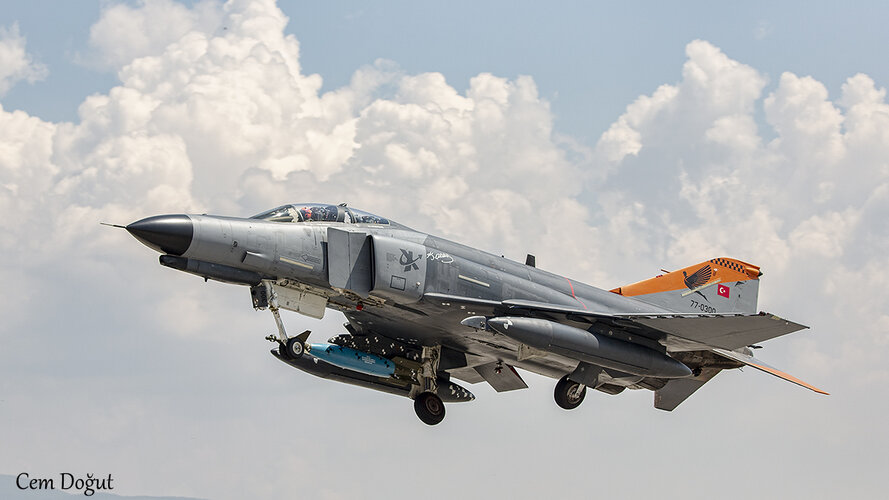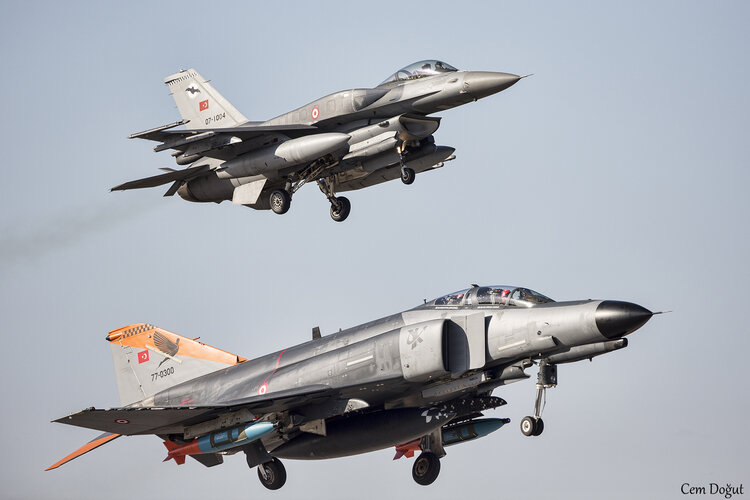00:00 - Introduction to the requirements of a weapon system: A weapon system must deliver weapons accurately on target in all weather conditions, at various altitudes and ranges, and with precise tracking, day or night. It needs to carry destructive ordinance and employ effective attack systems.
0:48 - Introduction of the Phantom 2: The Phantom 2, developed by McDonnell, is introduced as an aircraft that meets these stringent performance standards. Its performance has been repeatedly demonstrated and recognized through world records.
1:27 - World record achievements: The Phantom 2 set 15 world records, several of which remain unbroken. These records highlight its speed, maneuverability, rate of climb, and high-altitude capabilities. The Phantom excels in both high-altitude and low-altitude, high-stress environments.
2:01 - Weapon delivery demonstration: The Phantom’s weapon delivery abilities were demonstrated during a 1963 test where four Phantoms intercepted a Q2C Firebee drone flying over the Pacific at 460 mph. The mission highlighted the precision and effectiveness of the Phantom.
3:00 - Successful missile launch: During the demonstration, four Sparrow 3 missiles were fired with remarkable accuracy, all of them striking the target, causing the Firebee drone to crash into the sea.
3:29 - Conclusion: The performance of the Phantom 2, especially in terms of accuracy and missile targeting, proves it as a reliable and lethal weapon system, capable of executing pinpoint attacks with exceptional precision.


